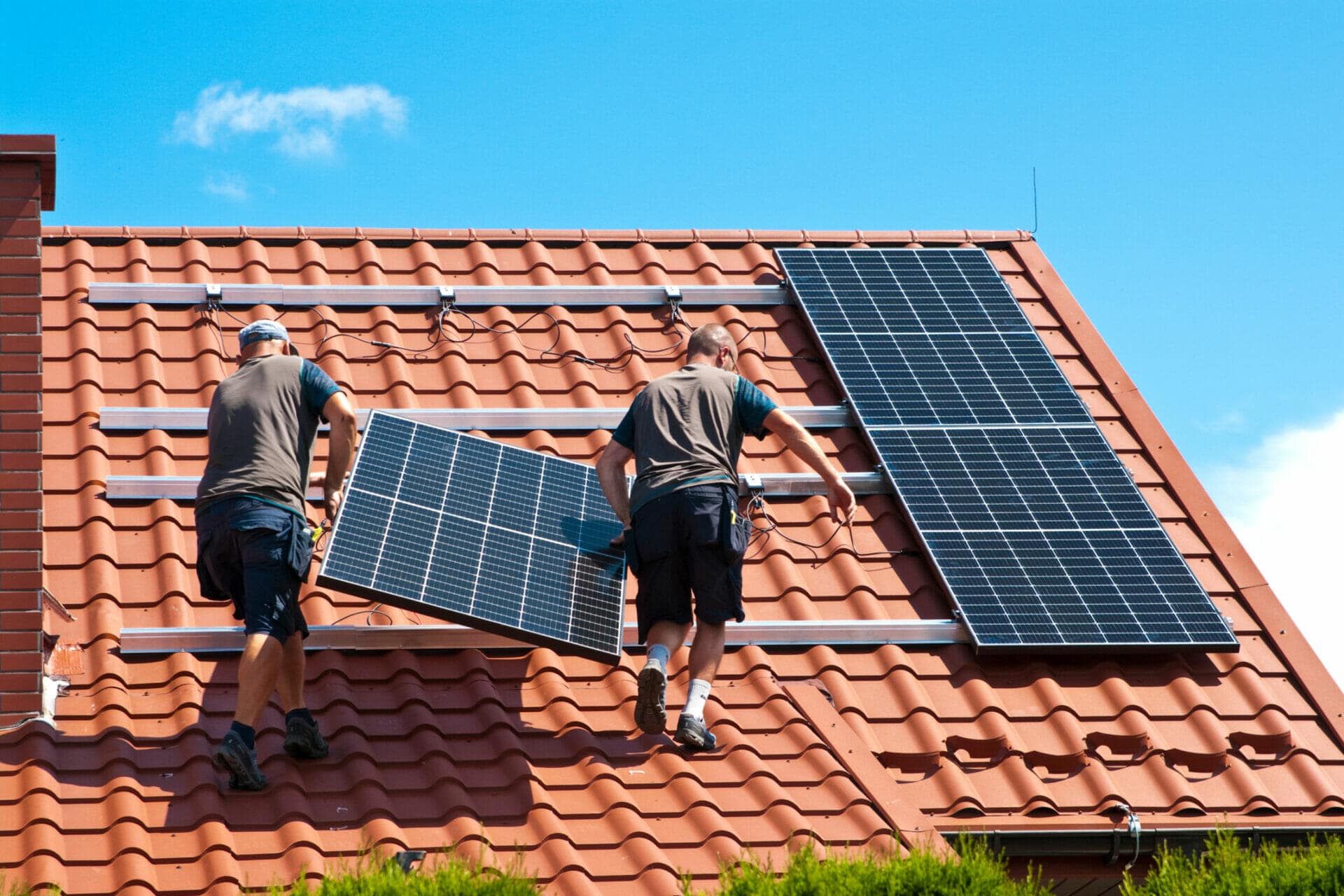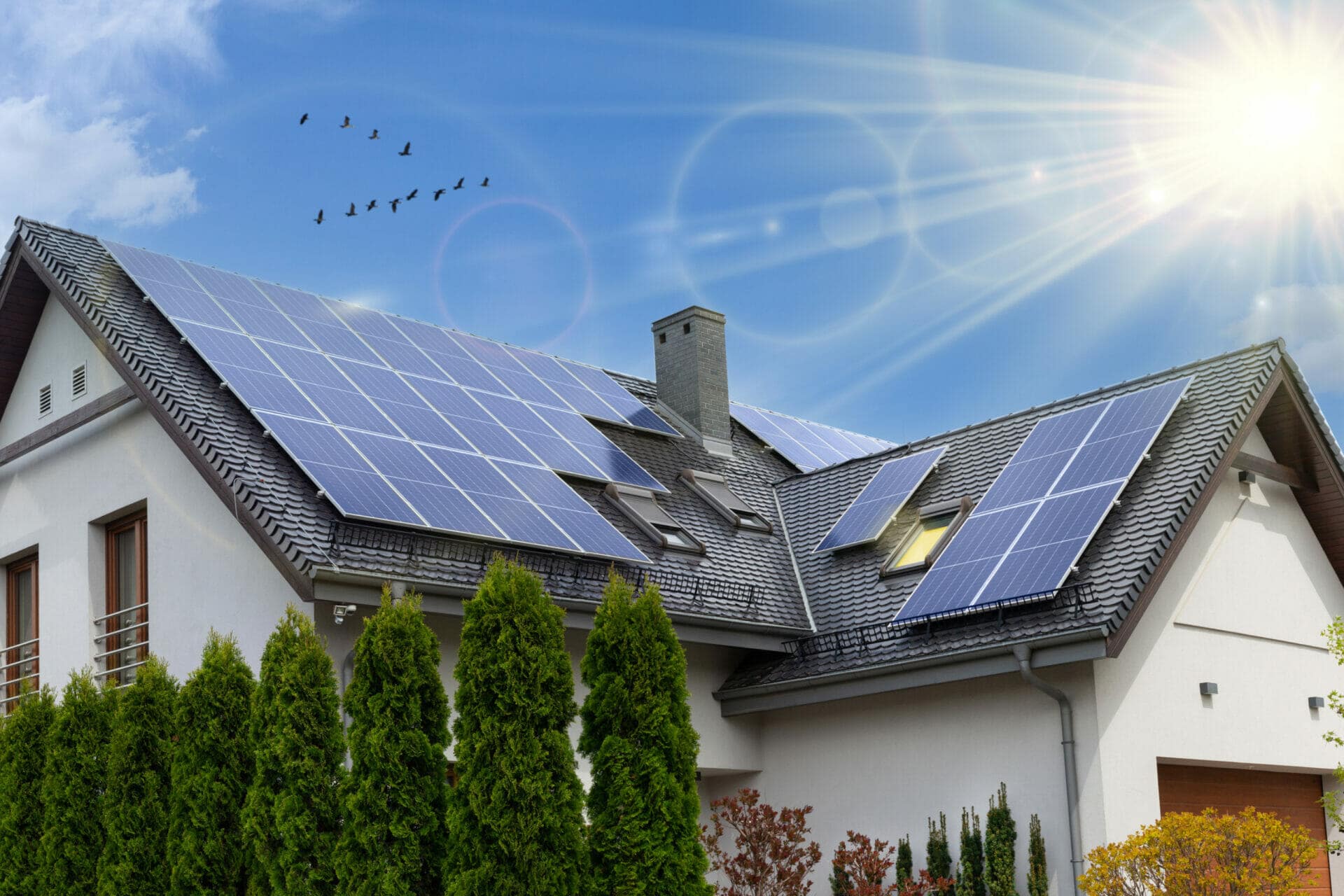Author:
Here we will discuss the background of solar panels and the history of solar energy. Solar panel technology has actually been around for a long time. It was originally discovered by Edmond Becquerel in France in 1839. Several advances in the technology occurred in the 1880s which led to several patents being filed. More advances that led to the modern solar panel were made in 1897 when Harry Reagan made discoveries in thermal energy. In 1913, William Coblentz created a thermal generator.
The history of solar panels took a major turn in the 1950s when Bell Laboratories discovered that silicon was a more efficient conductor. Silicon is far superior to earlier materials used in solar panels. The University of Delaware created the first building powered by solar energy in 1973 and named it “Solar One“. After the success of “Solar One”, the public became more interested in solar power. Also, the government started to heavily fund solar technology and research.
View this PDF from the Department of Energy for a more detailed history of solar panels.
Background of Solar Panels – Aesthetics
A discussion on the background of solar panels must include information about the aesthetics of solar panels. Many homeowners refuse to adopt solar energy because they have objections to the “look” of solar panels. Some people find the “look” of solar panels very pleasing while others find it not so pleasing. Even though solar systems save people money, and are a better option for the environment, the reality is that the look does matter to some people. Certain people will not adopt solar technology because they simply don’t like the way it looks on a roof. Over the history of solar power, panel manufacturers have worked to combat this by creating better looking residential solar panels. Fortunately, solar panels have become better and better looking over the course of history due to advances in technology and more attention paid to aesthetics by manufacturers.
Schedule Your Free Solar Consultation
Oblique Sunlight Angles
The background of solar energy includes several evolutions in solar panel technology. About 10 to 20 years ago, solar panels were limited in their ability to catch the sun’s rays at oblique (slanted) angles. Meaning, if the sun was not directly above the solar panels in the sky, the panels did not produce much electricity. Because of this, older solar panels were often elevated off of roofs in order to angle them towards the south. These older solar panels did not catch the sun’s rays at oblique angles, so they were pointed directly south to generate electricity. Unfortunately, elevated and angled solar panels are much less aesthetically pleasing than panels that are flush with the roof.
Fortunately, modern solar panels can catch the sun as soon as light hits it, no matter where the sun is in the sky. Solar panels that are flush to the rooftop are more aesthetically pleasing and less noticeable than panels angled off the roof.
- The framing of the panels matters. Older and uglier style panels have thick aluminum silver framing while prettier panels have black framing.
- Whether the backing of the panel is white or black will affect the look the panel as well.
Thickness of Panels
Old solar panels were also much thicker than modern solar panels. The background of solar panels includes the manufacturer’s attempts to make panels thinner over the years. Fortunately, advanced technology allows components of electronics to get smaller and smaller and fit in ever-decreasing size spaces. People perceive electronics that are thinner to be more aesthetically pleasing. This applies to televisions, phones, and solar panels.


Racking Systems
Solar panels are not mounted directly on the roof, but on racking systems that are bolted to the roof. The height of the racking system determines how much of a gap there is between the solar panel and the roof. The history of solar power includes attempts by manufacturers to make the racking systems lower and lower to the roof to improve aesthetics.
Fortunately, racking systems have become increasingly lower to the roof which makes the panels more aesthetically pleasing. Additionally, solar panels that are lower to the roof will stop birds from nesting underneath the panels. Over the history of solar panels, bird nesting underneath the panels has been a problem that has plagued homeowners for decades. However, the advent of sleeker racking systems has eliminated this problem. This is because birds cannot get under panels that are very low to the roof.
Solar Panel Framing
The framing of the panels matters also affects the aesthetics. Older and uglier style panels have thick aluminum silver framing while prettier panels have black framing. Whether the backing of the panel is white or black will affect the look the panel as well. Panels that are all black tend to be more aesthetically pleasing than panels that have a mixture of colors on them.
Background of Solar Panels – Ugly Solar Panel Systems

Over the course of the history of solar panels, the poor aesthetics of solar panels have prevented many homeowners from adopting solar energy. As you can see in the image above, some solar panels systems can be an eyesore. The system in this picture is old and has all the features of an ugly solar panel system. The panels are high off the roof and angled by mounting systems, which gives a messy, non-congruent, and jarring look. There is no symmetrical organizational scheme or style to this solar panel system. Gaps between the panels and non-symmetrical panel placements are less pleasing to the eye. The panels have thick aluminum frames, and the solar cells are backed by a white layer, neither of which are pleasing.
Schedule Your Free Solar Consultation
Background of Solar Panels – Moderately Attractive Solar Panel Systems

The solar panel system in the image above is an obvious improvement in aesthetics. When considering the background of solar panels, this image represents a more modern system, and many companies are installing systems like this today. There are no gaps between the panels, and they are all placed in a nice, symmetrical array with the same amount of distance around the entire array to the edges of the roof. They are lower to the roof and not angled off the roof, which gives a more pleasing look.
However, black-on-black panels are more pleasing to the eye. The thick aluminum framing and the white backing behind the solar panels in this image can be removed to further improve aesthetics.
Background of Solar Panels – Very Attractive Solar Panel Systems

The image above represents the most attractive solar panels on the market today. As you can see, all the attributes of the ugly solar panel system have been replaced which attractive and aesthetically pleasing alternatives. The all-black presentation gives a sleek, modern, and clean look that actually improves the look of the home instead of detracting from it. The panels have a thin black frame that is hardly noticeable, and the solar cells are on a black background.
The panels are flush to the roof and not angled at all. The panel array is symmetrical and organized in the middle of the roof. There are no gaps between the panels. All of these attributes come together to form a beautiful solar panel system array.
For more information on the basics of solar technology, see our page on How Solar Works.


